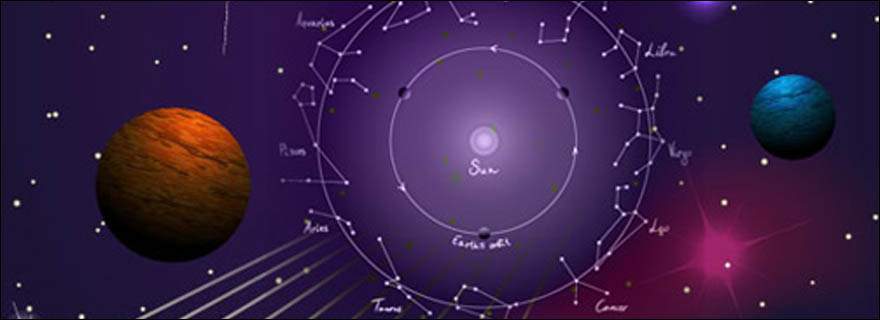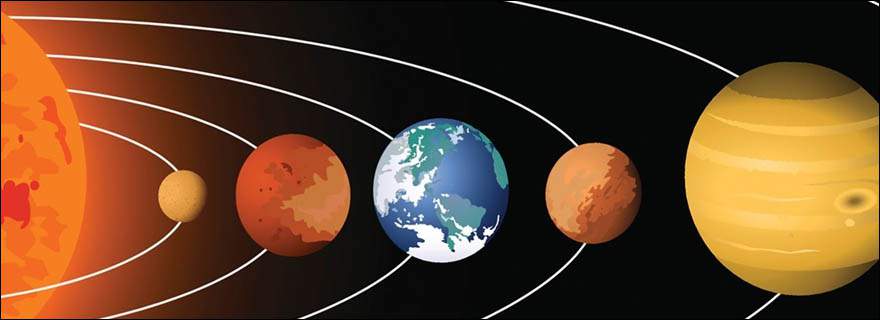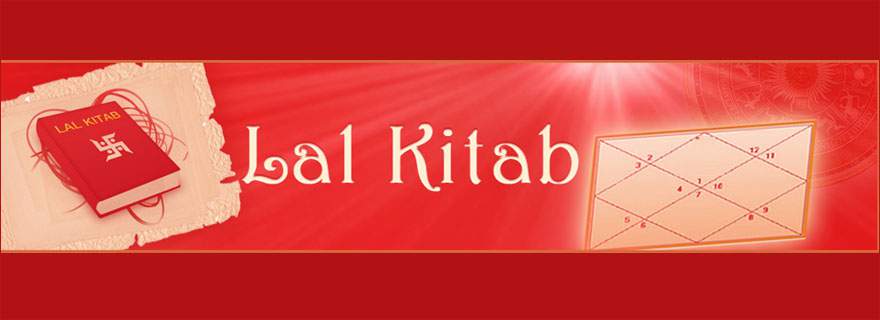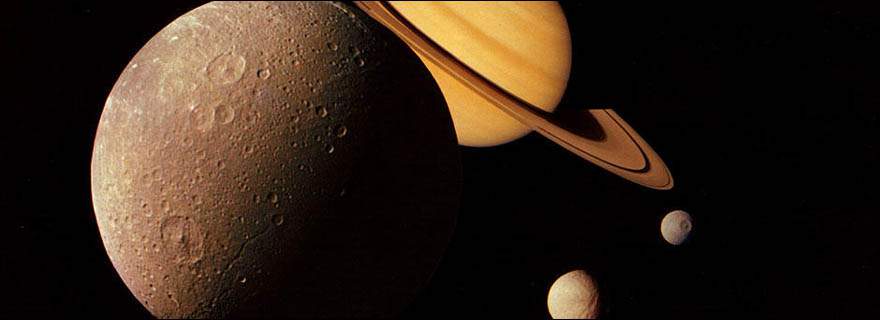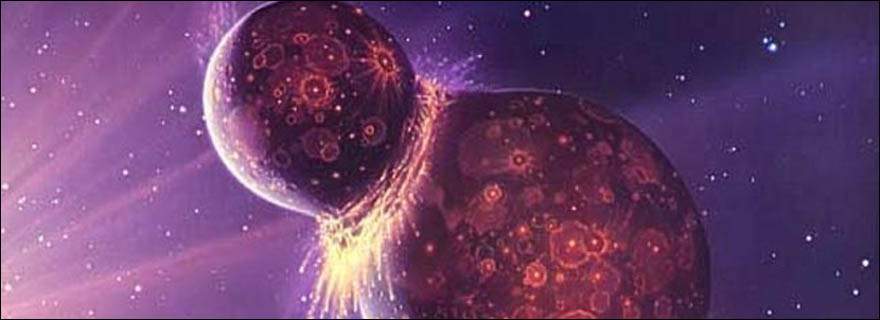Classification of Planets in LalKitab
The famous LalKitab classifies planets under certain categories as described in this article. This information helps in properly analysing a chart as per LalKitab principles.
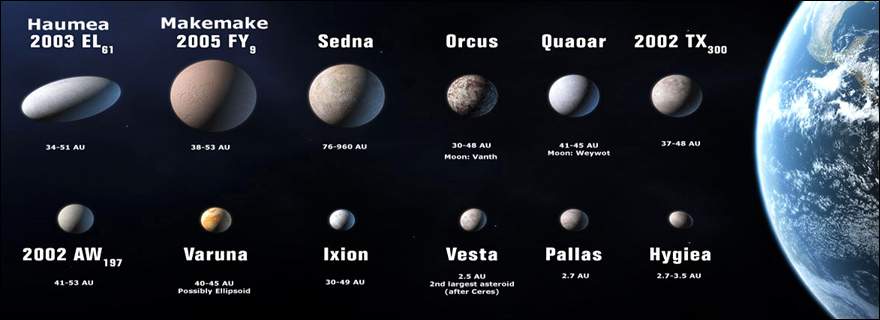
Although, the original author of the verses of LalKitab is a matter of debateyet, Pandit Roop Chand Joshi (1898–1982), resident of Punjab, authored the presently available version during the years 1939 to 1952 in five volumes, and is regarded by many as the master of this science.
The books were published in red hard-cover in Hindi and Urdu languages. Lal in Hindi means the colour red and Kitab means a book. In India traditionally, business ledgers are bound in red colour as red colour in Hindu religion is considered to be very auspicious and a symbol of Ganesh and Lakshmi.
So the Lal Kitab volumes were also bound in red as these books contain duniyavihisaabkitaab (The Account of Worldly Life).
As per the lalKitab planets in a birth chart are classified under various categories as described here:
Sathi Greha (Partner Planet): When a planet mutually exchanges its own house with another it is called a Sathi Greha. Just for example if the Sun as lord of the 5th house sits in the 10th house of Saturn and Saturn in tern sits in the 5th house then both come under this category. Such planets always give favourable results.
Mittr Greha (Friendly Planet): Any planet placed at 7th place from its own is called Mittr Planet even if it is Shatru Planet (Enemy).
Shatru Greha (Enemy Planet): Any planet which is at 8th place from its own is considered Shatru or enemy of the planet of that house and harms that planet.
Purush Greha (Male Planet): Sun, Mars and Jupiter are classified as Purush Grehas or male planets and give strong results in day time births.
Stri Greha (Female Planet): The Moon, Venus and Mercury are female planets and give strong effects in night time. Incidentally Moon represents mother, maternal grandmother and mother in law whereas Venus represents wife and Mercury sister, sister in law, maternal aunt and father’s sister.
Dharmi Greha (Righteous Planet):Moon is signification of the 4th house of mother and Jupiter that of 9th house of father and grandfather. Like them Saturn, Rahu and Ketu never spoil the 4th house of mother and the 9th house of Jupiter. These may harm the father’s house but never that of the mother. So these are called righteous planets.
Balwaan Greha (Strong Planet): Any planet when placed in its own house becomes strong and is called Balwaanm Greha. Sun in 1st Moon in 4th house Mars in 3rd & 8th house Mercury in 7th house Jupiter in 2nd, 5th, 9th and 11th house Venus in 7th house Saturn in 8th and 10th house Rahu in 12th house Ketu in 6th house are in this category.
Sandeh-sheel Greha (Doubtful Planet) : Any planet sitting in a house other than its own comes under this category.
Nampunsak Greha (Impotent planet): Mercury is labelled as impotent.



